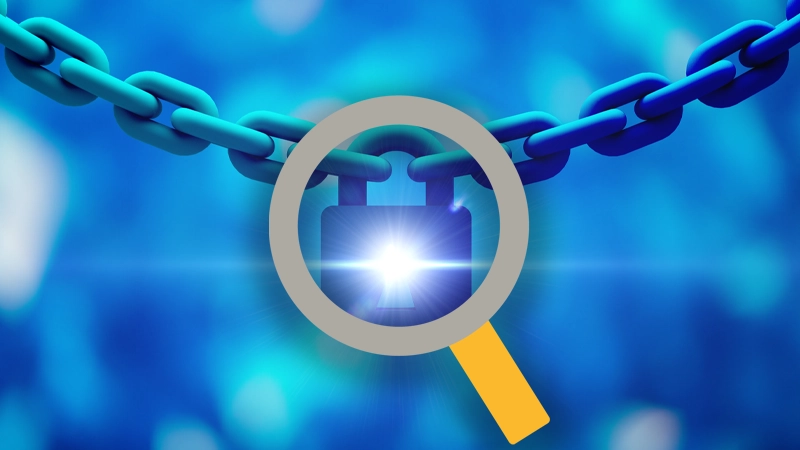Data classification plays a major role in the data security posture of any organization. PKWARE’s Data Classification Solution categorizes and secures data based on your policies to ensure no downtime and a seamless experience for your teams. It categorizes data based on its sensitivity, importance, or the potential impact of a data breach on an organization or individual.
What Customers Have to Say About PK Protect
“Data privacy is going to continue to be important. And given that we operate at a global scale, we have to stay on top of that. This is why we are making investments in technology and working with partners like PKWARE.”
Harveer Singh, Chief Data Architect & Global Head of Data, Western Union
Why is Data Classification Important to Support Your Data Security Posture Management (DSPM)?
Data classification provides a foundational layer for effective data security strategy. By understanding and categorizing your data, organizations can make informed decisions about how to secure it, allocate resources, and comply with regulatory requirements.








